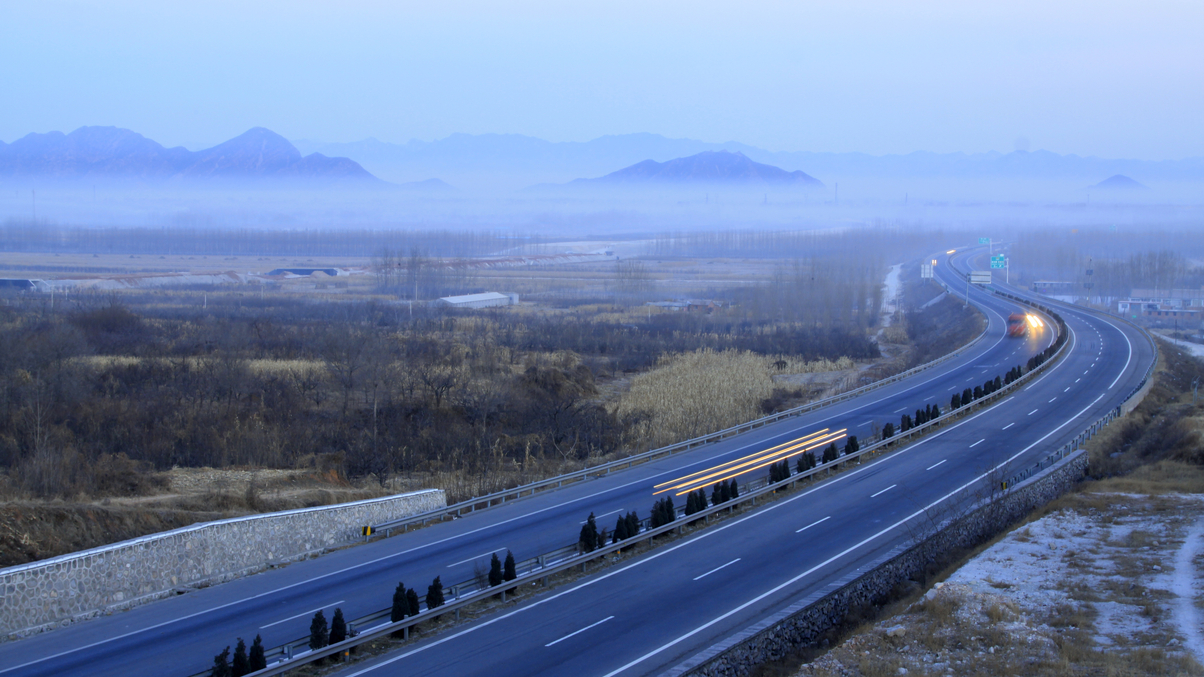Investors scope Belt & Road investing opportunities
China's Belt and Road initiative will require vast sums of capital, and some is likely to need to come from institutional investors. But they are leery of taking on Greenfield project risks.

Asia’s infrastructure needs are vast. But for over 20 years the region has failed to entice much international investor capital to help meet them. The quality of most projects simply hasn’t been high enough, and the political risks of investing into Greenfield projects are too great.
Sign in to read on!
Registered users get 2 free articles in 30 days.
Subscribers have full unlimited access to AsianInvestor
Not signed up? New users get 2 free articles per month, plus a 7-day unlimited free trial.
¬ Haymarket Media Limited. All rights reserved.


